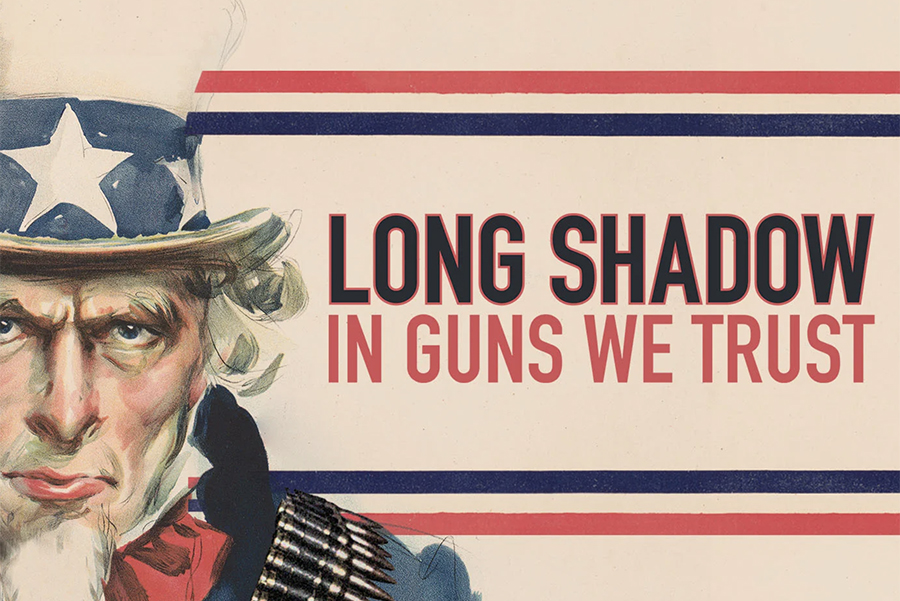
In our first installment of a critical analysis of the anti-gun propaganda podcast series from The Trace, we covered the lies, misinformation, and deceptive emotional arguments made in the first four episodes. Here, we will delve into the fifth episode, which continues the previous format, but adds embarrassing incidents where The Trace contradicts itself in an attempt to push its anti-gun messaging.
The intro to the transcript of the 5th installment of the podcast, which is titled “How a SCOTUS Decision Led to an Unprecedented Gun Sales Boom,” kicks off with the completely discredited claim popular among the anti-2A crowd . . .
For most of American history, gun ownership was understood to be a collective right tied to militia membership. But that changed in 2008, when The U.S. Supreme Court established for the first time that gun ownership is an individual right.
In fact, American history—judicial and otherwise—is replete with proof that our Founding Fathers intended the Second Amendment to protect an individual right to arms that is in no way dependent on citizens being affiliated with a militia.
While there have not been many rulings on the Second Amendment from our highest court since the founding era, in U.S. v. Cruikshank (1876), Presser v. Illinois (1886), Miller v. Texas (1894) and U.S. v. Miller (1939), the Supreme Court recognized that the amendment protects an individual right. It has never taken a different position.
The Heller decision in 2008 followed the longstanding precedent of recognizing the individual right to arms when it struck down as unconstitutional the ban on possessing handguns in Washington, D.C.
Of course, it comes as no surprise that anti-gun fanatics would ignore history and court precedent to further their desire to disarm as many law-abiding Americans as possible. But the rewriting of history is something we’ve begun to see as a weirdly common trope among those who oppose the Second Amendment.
The Trace, seemingly fixated on the Heller decision and the year 2008, implies the ruling led to that “unprecedented gun sales boom” mentioned in the title of its fifth episode of the propaganda podcast series. One of their “journalists” is so vested in this new “gun sales boom” connection to Heller that she forgets that last year she seemed to attribute the 2008 boom in the manufacture and importation of firearms in the U.S. to the election of Barrack Obama.
In that earlier piece, she went with the term “surge” instead of “boom,” and attributed another surge between 2011 and 2012 to Obama’s reelection, then attributed another surge from 2015 to 2016 to the election of Donald Trump. She finally noted the “biggest year-over-year jump on record” was between 2019 and 2020. That “surge” she attributes to the pandemic.
So, it seems that any increase in firearm purchases and production can be attributed to whatever suits one’s anti-gun fancy.
Of course, the Heller decision isn’t the only apparent villain for The Trace’s “journalists.” They also seem to attribute the post-Heller “boom” to “the National Rifle Association trott(ing) out its most successful marketing strategy: defensive gun use.” But NRA has been espousing defensive gun use for more than a century, and The Trace even recognizes that defensive gun use has long been a part of America.
Starting in the late 1980s, NRA began promoting legislation to make it easier for law-abiding citizens to carry firearms for self-defense—right to carry laws—which, at its heart, is defensive gun use away from the home.
In the 1970s, NRA opposed efforts to ban “plastic guns” (e.g., GLOCKs) and “Saturday night specials” (inexpensive handguns), firearms law-abiding citizens commonly purchased for defensive gun use.
And rolling all the way back to 1911, after the passage of New York City’s Sullivan Law—arguably the granddaddy of all anti-gun laws—NRA’s publications began a century of opposition to the law based on concerns that it infringed on lawful “defensive gun use.”
Then there’s the fact that NRA has been publishing stories about “defensive gun use” for nearly as long in their Armed Citizen column.
Even the podcast transcript itself contradicts the post-Heller/defensive gun use argument, noting that “defensive gun use became the animating force of the gun rights debate in the 80’s and 90s,” then it tries to pivot by saying that the concept “really took off after Florida passed Stand Your Ground in 2005.”
The 1980s and 1990s certainly predate 2008/Heller, as does 2005, not to mention the near century over which NRA has been talking about “defensive gun use.”
In fact, The Trace’s podcast includes the statement, “And the use of firearms for self-defense goes back over a century….” While that’s true, it sells the timeframe extremely short. Firearms have been used for self-defense ever since they became commonly available—a period that spans many centuries.
The podcast even specifically notes an ad it uncovered from 1913 that depicted “a woman defending herself with a (firearm).”
But The Trace wants to pretend it was NRA that started the “defensive gun use” messaging around the time of Heller.
Of course, The Trace doesn’t actually like the concept of “defensive gun use,” which is clear when it tries to negate it by dramatically undercounting its frequency.
One of The Trace “journalists” tries to claim that even the lowest reported number for defensive gun uses—The National Crime Victimization Survey (NCVS), which estimates roughly 70,000 annual defensive gun uses—is too high. But the Heritage Foundation notes that even the Centers for Disease Control and Prevention (CDC) mentioned “almost every major study on defensive gun use has found that Americans use their firearms defensively between 500,000 and 3 million times each year.”
This “journalist” seems to have trouble wrapping her head around the concept that guns aren’t just used to defend lives regularly, but that law-abiding citizens who use firearms for self-defense usually don’t have to shoot anyone in order to defend themselves or their loved ones with a firearm.
She tries to dispute, presumably, the well-established research done by criminologists Gary Kleck and Marc Gertz, who found that there are an estimated 2.1 to 2.5 million defensive gun uses every year in America. Her contention seems to be that, since there “aren’t 2.5 million instances of criminal gun violence every year,” there can’t possibly be 2.5 million defensive uses.
Does she think that violent crime involving firearms and defensive gun use can only exist in a world of equilibrium, each dependent on the frequency of the other? She mentions “45,000 shootings last year where someone was injured or killed,” although she doesn’t bother to explain if that number refers to criminals shooting victims.
This seems to imply that there can’t be much more than 45,000 defensive gun uses (since she seems to think the NCVS estimate of 70,000 is too high). What she totally ignores is the fact that, again, a law-abiding citizen doesn’t have to fire a single shot for a firearm to be used in self-defense.
In fact, virtually every survey of people using firearms in self-defense tells us that the vast majority of defensive gun uses do not involve a single shot being fired. Economist John Lott’s work estimates that 95% to 98% of defensive gun uses involve merely brandishing a firearm to “break off an attack.” Other research indicates a lower percentage, but still in the 70% to 80% range.
It would seem that, contrary to reality, The Trace has convinced itself that the only way to defend yourself with a gun is to shoot someone. That likely stems from the deep anti-gun bias these “journalists” have when it comes to both guns and law-abiding gun owners. In their minds, firearms are only intended to kill people, so gun owners must want to kill people.
But the disparity between the number of people shot by criminals and the number of people who use firearms for defensive purposes speaks to a more profound truth than anti-gun extremists wat to admit.
Criminals don’t care about the safety of others, while law-abiding gun owners do. In other words, criminals use firearms to commit crimes (cause harm), while law-abiding gun owners use them to prevent them (avoid harm).
The gun in the hands of a criminal is intended to better ensure the completion of the intended criminal act. If that act is murder, they will shoot. If it’s robbery, rape, kidnapping, or some other crime that isn’t initially intended to kill someone, but the victim puts up resistance, the criminal is likely to shoot.
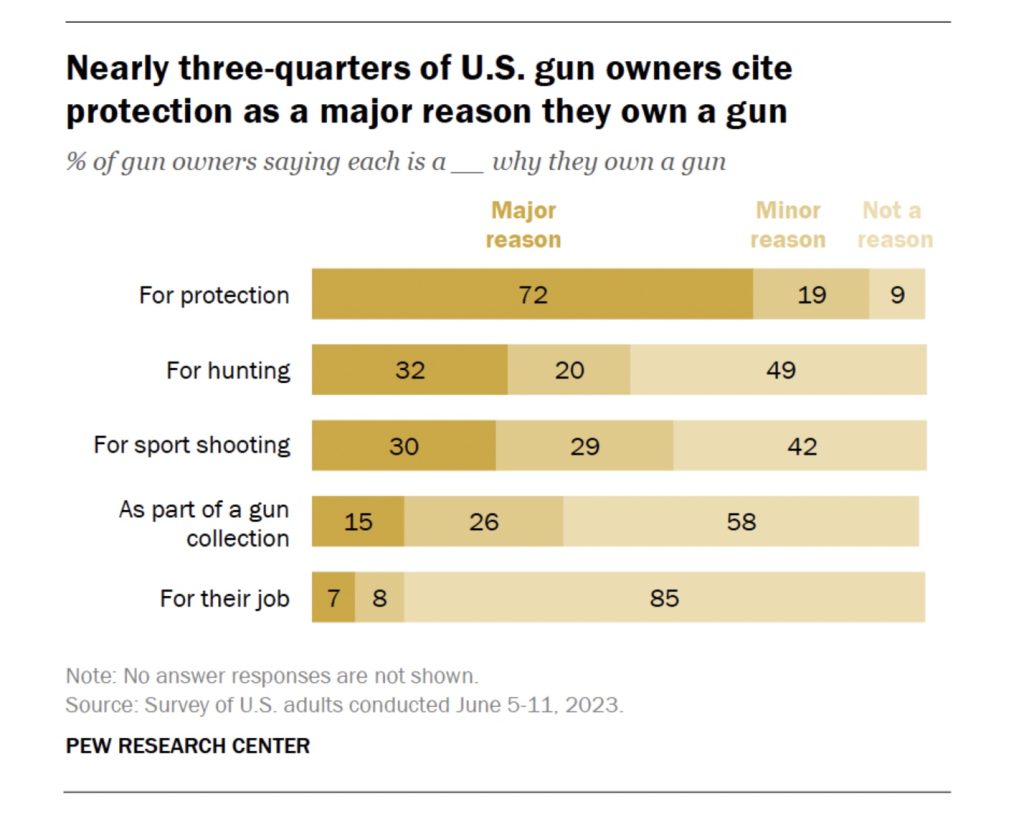
On the other hand, law-abiding citizens own firearms—in part—to prevent crime. If a criminal approaches an armed citizen in a threatening manner and the armed citizen draws or displays a firearm, the criminal will often retreat. With the threat no longer present, the armed citizen has no reason to fire a shot.
That’s just common sense to gun owners, as well as average Americans who may not own firearms, but also don’t have a visceral fear or hatred of guns and gun owners.
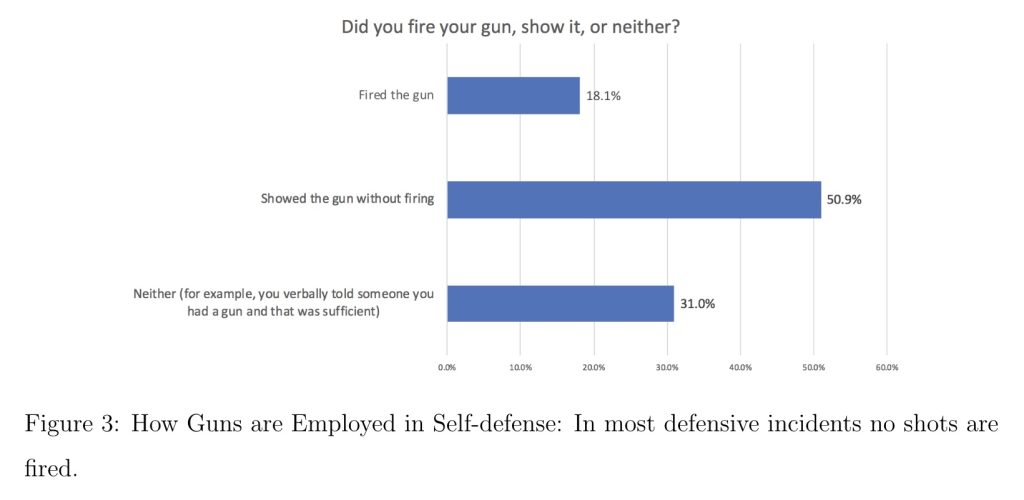
Anti-gun extremists, like those at The Trace, just can’t seem to comprehend the idea of firearms being used as a crime deterrent unless someone gets shot. Even worse, the “journalists” at The Trace appear to think that gun owners are simply reckless fantasists. One tries to dismiss perhaps two million-plus instances of self-defense as, at best, an overactive imagination. At worst, she believes that reported self-defense is actually criminal activity.
She states, “People tend to overstate their role in self-defense encounters.” She then goes on to claim, “But the truth is, a lot of times, what they think of as defensive gun use is assault. You know, diffusing an argument by flashing a gun at a friend is not heading off a crime.”
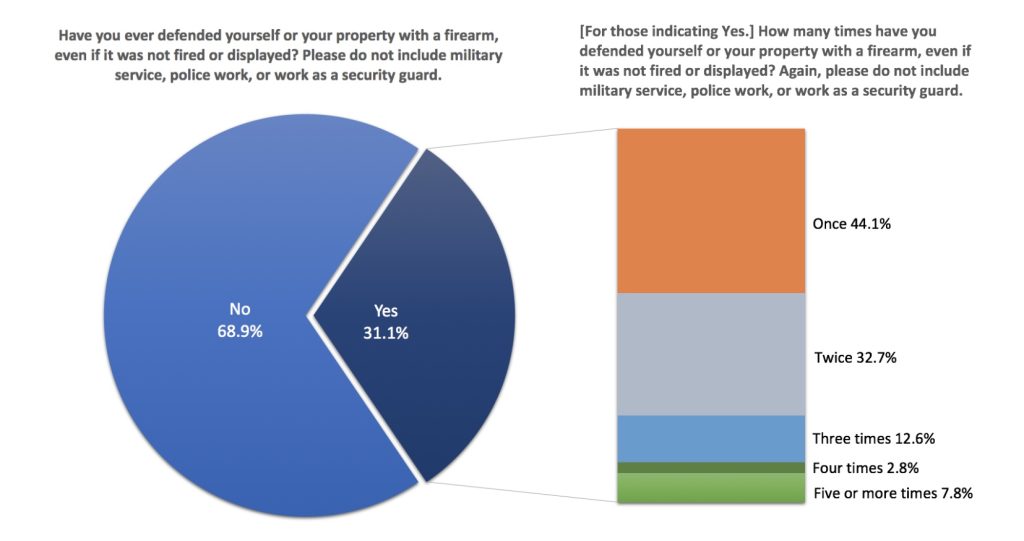
This distorted perception of law-abiding gun owners gives her colleague the opportunity to launch into his own twisted view of how he perceives gun owners as reckless, trigger-happy miscreants. His addition to the negative depiction of law-abiding gun owners is to seemingly imply that they are possibly racist.
They both then segue into lamenting over the fact that NRA was able to stop the use of taxpayer dollars to produce biased, anti-gun research. While these “journalists” claimed the NRA-supported Dickey Amendment was a threat to the CDC to not conduct any research on deaths and injuries that involve firearms, all it stated was federal funds could not be used by the CDC to “advocate or promote gun control.”
But the relatively paltry $2.6 million that The Trace implies the CDC could no longer earmark for anti-gun research has had little effect on anti-gun extremists churning out biased, flawed “research” to promote their efforts to gut the Second Amendment. After all, anti-gun billionaires like Michael Bloomberg are always willing to open their checkbooks to pay for anti-gun “researchers.” And well-funded anti-gun foundations have always pumped far more money into anti-gun “research” than was generally spent by the CDC.
Capping off their whine about a lack of research, The Trace then shows why it, and other anti-gun advocates, should never be believed when they start making claims about firearm-related fatalities—claims presumably based on the type of research they’d like your tax dollars to pay for.
The Trace alleges that “gun violence is now the leading cause of death for children”—a lie that began being promoted in 2022, and has been repeated by Joe Biden, as his vice president, the White House Briefing Room, and myriad gun control advocates and anti-gun media outlets (for example: here, here, here, here, here, here, and here, to cite merely a few examples).
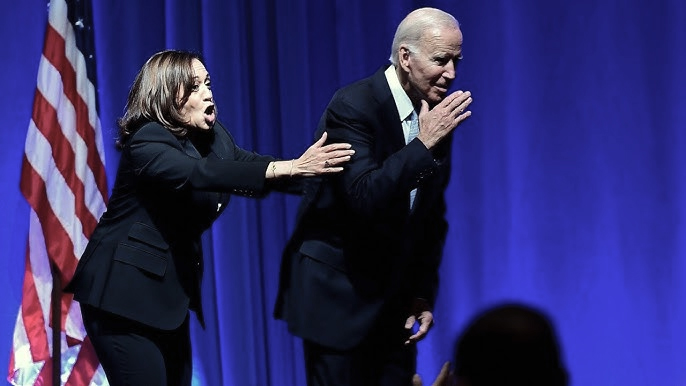
Just repeating something over and over again doesn’t make it true. We’ve exposed this lie before, and we’ve been supported in our position by the unlikely source of the generally-anti-gun Washington Post.
The Trace spends the rest of its podcasting time (roughly one-third) for this edition of the podcast series talking about several high-profile mass-casualty events where firearms were used. While the anecdotal reporting is moving, it doesn’t change the fact that, statistically speaking, such horrendous violent crimes are, thankfully, rare.
This latest episode had a great deal of misinformation and lies to unpack, so we’ll save coverage of the final episode for another time.

